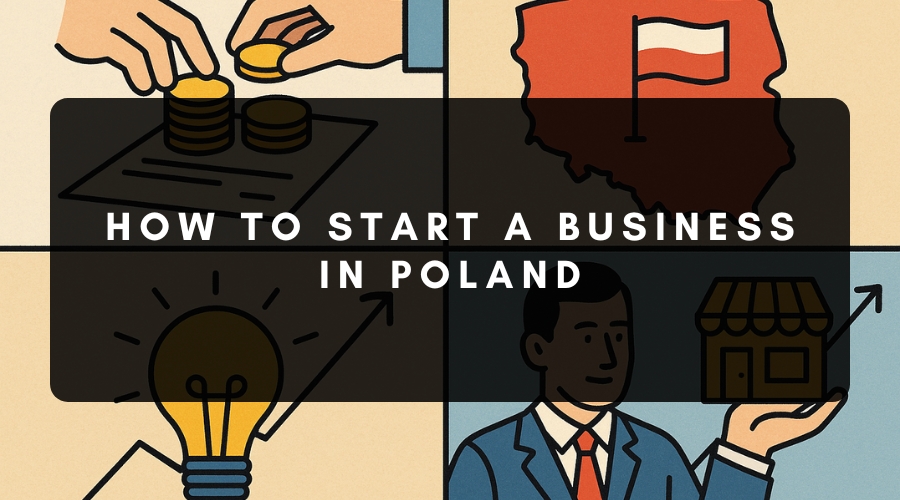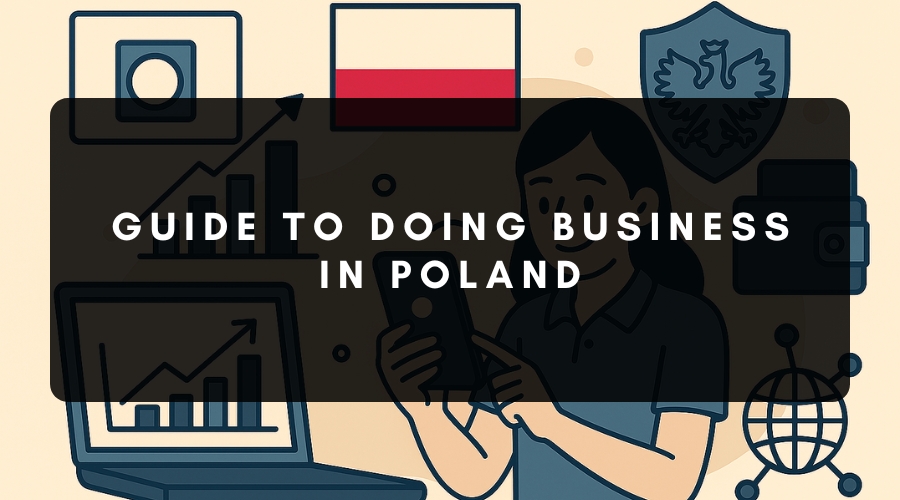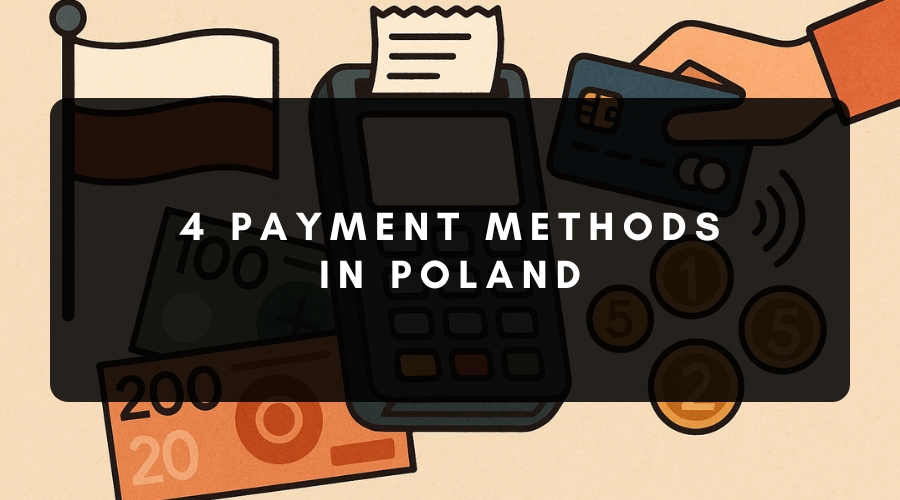 Poland
Poland How to Start a Business in Poland
Poland has emerged as one of the most alluring locations in Central and Eastern Europe for entrepreneurs and foreign investors... "How to Start a Business in Poland"
 Poland
Poland  Poland
Poland  Poland
Poland